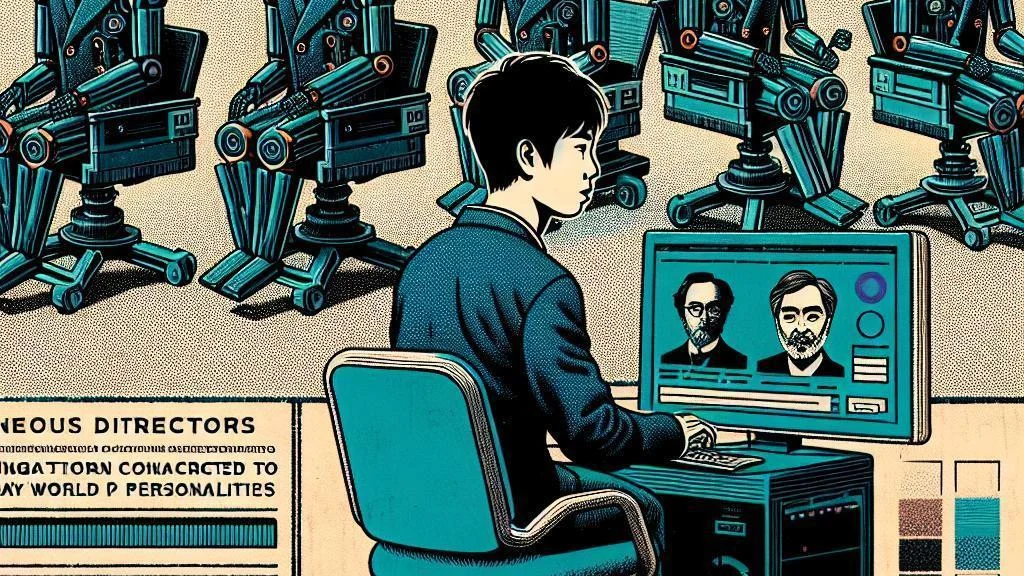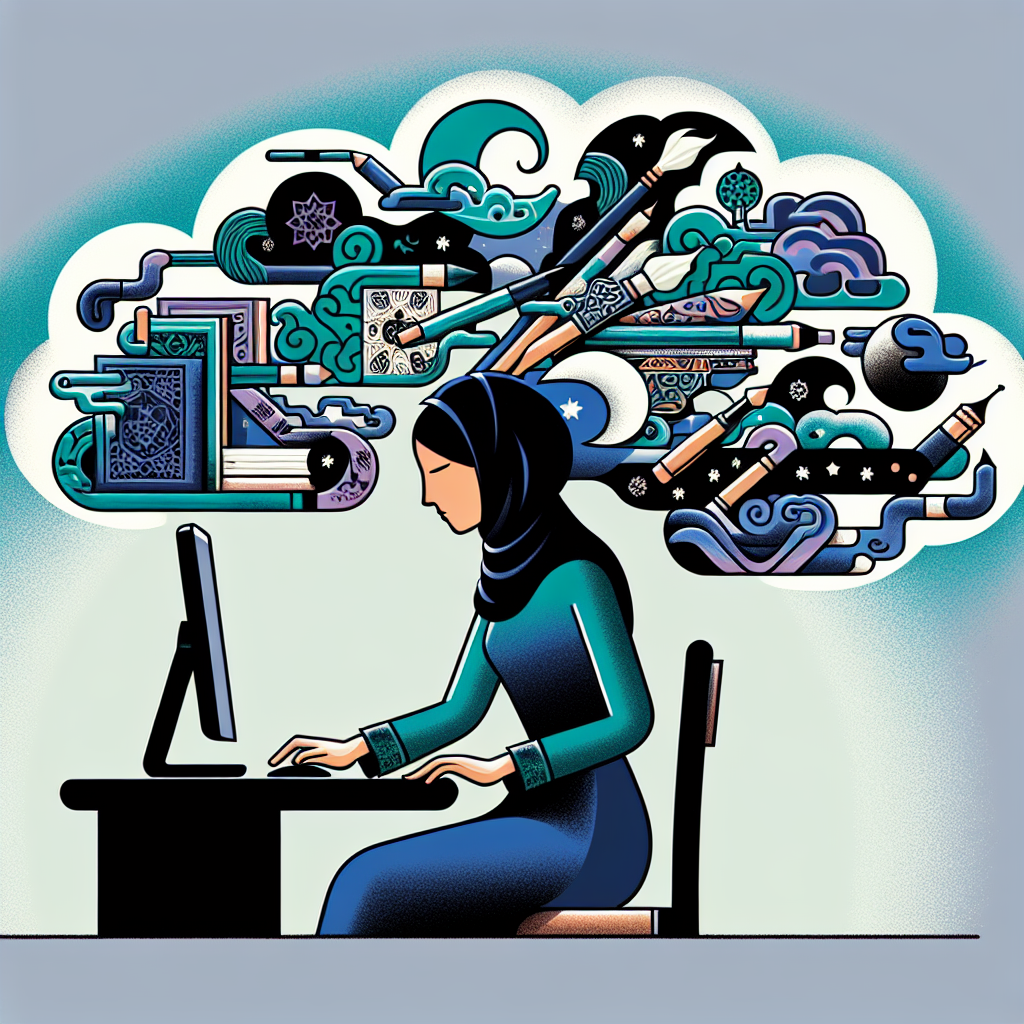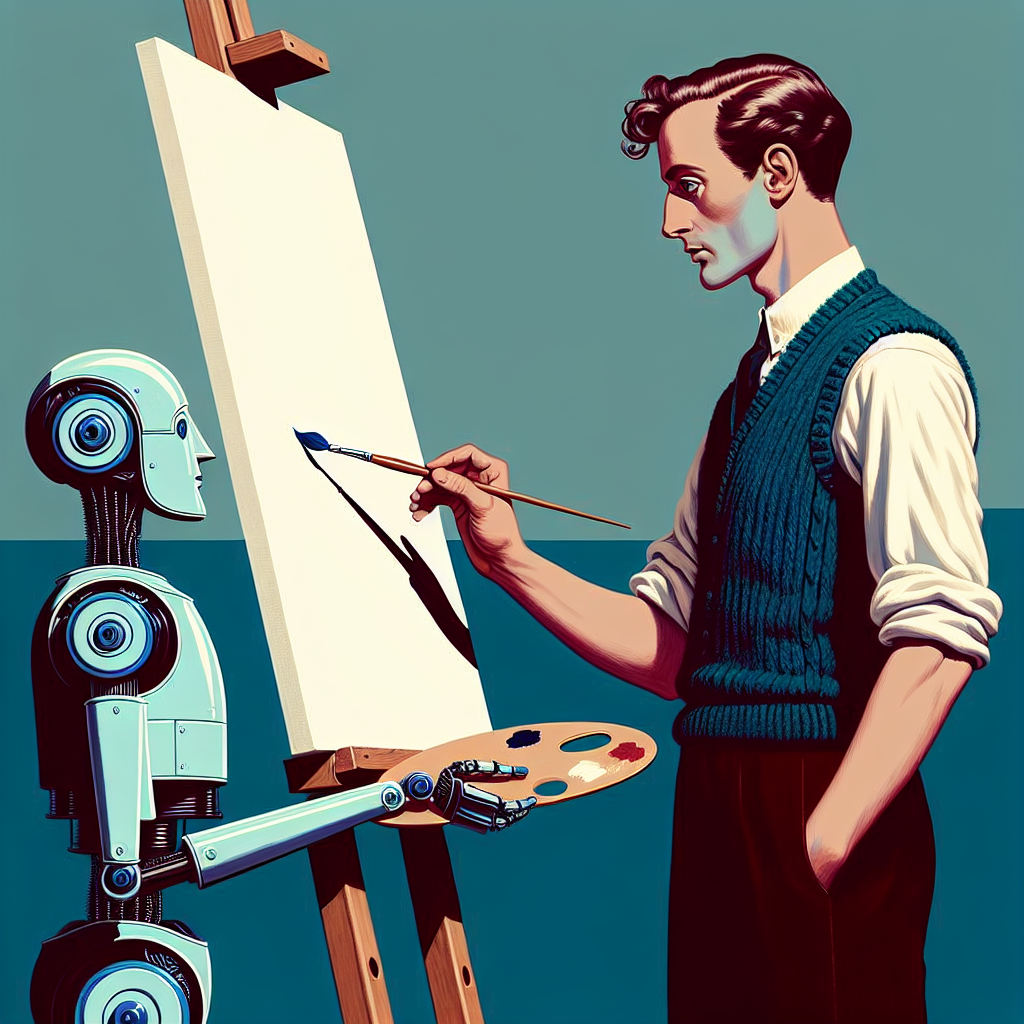How can small businesses develop effective Facebook ads using AI?
Every business owner knows the power of advertising in capturing the attention of potential customers. …

In the rapidly evolving world of creative technology, Adobe has emerged as a pioneer, seamlessly integrating artificial intelligence into its suite of tools.
This integration has revolutionised the creative process for designers and artists, providing them with innovative solutions to enhance their efficiency and unleash their creativity.
Adobe's AI-powered tools are transforming how creators work, offering advanced features, streamlined workflows, and unprecedented ease of use. This article will explore how Adobe incorporates AI into its tools, examining the pros, cons, and critical features shaping creative work's future.

Adobe's integration of AI across its Creative Cloud ecosystem has opened up a world of possibilities for users. By leveraging the power of AI, Adobe has developed tools that streamline complex tasks, automate repetitive processes, and provide intelligent suggestions to enhance creative output.
These AI-powered features save time, boost productivity and inspire users to explore new creative avenues.
One of the most significant advantages of Adobe's AI integration is its ability to simplify complex editing tasks. Tools like Generative Fill and Expand in Adobe Photoshop utilise AI algorithms to intelligently fill in missing parts of an image or expand the canvas, saving users countless hours of manual work.
Similarly, Generative Recolor in Adobe Illustrator allows for effortless colour adjustments and transformations, enabling users to experiment with different colour schemes and styles with just a few clicks.
Adobe's AI-powered tools streamline workflows and provide users with intelligent suggestions and recommendations. For example, Adobe Sensei, the company's AI and machine learning framework, analyses user behaviour and preferences to offer personalised tools, tutorials, and asset recommendations.
This feature helps users discover new techniques, improve their skills, and find the resources they need to bring their creative visions to life.
One of the most exciting developments in Adobe's AI integration is the Image and Text Effects capabilities in Adobe Express. This revolutionary feature allows users to generate stunning images and apply unique text effects simply by entering a text description. With the power of AI, Adobe Express transforms basic prompts into visually appealing content, making it easier than ever for users to create professional-looking designs.
The Text to Image feature is particularly beneficial for those who may not have advanced design skills or the time to create complex visuals from scratch. By leveraging AI, Adobe Express enables users to generate high-quality images that align with their creative vision without requiring extensive technical expertise. This democratisation of design empowers a broader range of users to create compelling visual content, regardless of their skill level.
Adobe's AI tools generate images from text and offer various creative possibilities. The Firefly Playground (firefly.adobe.com) is a prime example of how AI can assist in multiple aspects of the creative process.
This platform simplifies tasks such as storyboarding, colour exploration, and composition, allowing users to focus on their projects' conceptual and artistic aspects while AI handles the technical details. Users can refine their results with intuitive controls and customisation options to suit their needs and preferences.

As AI becomes increasingly integrated into creative tools, the importance of ethical considerations cannot be overstated. Adobe has proactively ensured its AI-powered features are developed and used responsibly and respectfully. The company has established ethical AI frameworks prioritising transparency, accountability, and fairness in creating and deploying AI technologies.
One key aspect of Adobe's ethical AI approach is the emphasis on generating content that aligns with societal values and norms. Adobe's AI models are trained on carefully curated datasets, including licensed content and public domain materials, to ensure the generated content is appropriate and respectful. This commitment to responsible AI use sets a commendable standard in the creative industry, promoting the creation of inclusive and unbiased content.
Adobe's AI tools are designed with ethics and commercial viability in mind. The company recognises the importance of providing solutions suitable for professional use that can be seamlessly integrated into existing creative workflows. By training AI models on licensed content and public domain materials, Adobe ensures that the generated content is safe for commercial use, mitigating potential legal or copyright issues.
While Adobe's AI integration offers numerous benefits, it is essential to acknowledge and address the challenges and limitations associated with AI-powered creative tools. One of the primary concerns is the potential impact on system performance, particularly for users with older or less powerful devices.
Some AI tools may require significant computational resources, leading to slower performance or compatibility issues.
Another consideration is the language limitation of specific AI models. Some of Adobe's AI tools may only accept prompts or input in English, limiting accessibility for non-English speaking users. As AI technology evolves, Adobe must expand language support and ensure its tools are inclusive and accessible to a global user base.
Additionally, while AI-powered tools offer a wide range of customisation options, there may be some limitations regarding creative freedom. Users may encounter restrictions in certain design elements or find that the generated content does not fully align with their vision.
To address these limitations, Adobe must continue refining its AI models and providing users with more granular control over the generated content.

As AI technology continues to advance rapidly, its integration into creative tools is clear. This is not a passing trend but rather a fundamental shift in how we approach creative work. Adobe's AI-powered features are just the beginning of a transformative journey that will reshape the creative landscape in the years to come.
One of the most exciting prospects of AI in creative work is its potential to democratise access to high-quality design and content creation.
As AI tools become more sophisticated and user-friendly, individuals with limited design experience can easily create stunning visuals and compelling content. This democratisation of creativity will empower a broader range of users and foster a more diverse and inclusive creative community.
Furthermore, AI has the potential to revolutionise collaboration and streamline creative workflows across teams and industries. By leveraging AI-powered tools, designers, artists, and content creators can work more efficiently, iterate faster, and achieve better results.
AI can facilitate seamless communication, automate tedious tasks, and provide intelligent suggestions to enhance the collaborative process.
Adobe's integration of AI into its suite of tools has ushered in a new era of creative work, empowering designers and artists with powerful capabilities to enhance their efficiency and creativity.
From streamlining complex tasks to generating stunning visuals from text prompts, Adobe's AI-powered features transform how creators approach their projects.
With a solid commitment to ethical AI use and a focus on commercial viability, Adobe sets a standard for responsible and innovative AI integration in the creative industry.
As we look to the future, it is evident that AI will continue to play an increasingly significant role in shaping the creative landscape. Adobe's ongoing investment in AI research and development promises to bring even more groundbreaking features and capabilities to its tools, further empowering creators to push the boundaries of their imagination.
By embracing the AI-powered creative landscape, designers and artists can unlock new possibilities, streamline their workflows, and create content that captivates and inspires audiences worldwide.
Some other posts you may like

How can small businesses develop effective Facebook ads using AI?
Every business owner knows the power of advertising in capturing the attention of potential customers. …
April 22, 2024
Read More
In simple terms, what is AI and how can it be used for business?
Artificial Intelligence has become a buzzword in recent years, with its potential to revolutionise various …
April 22, 2024
Read More